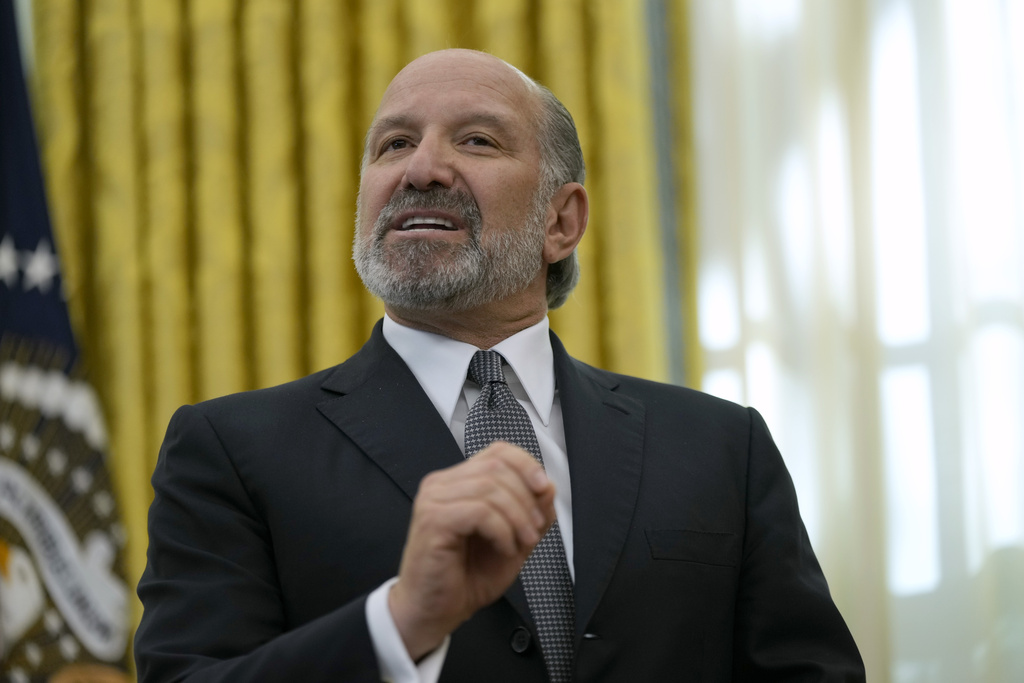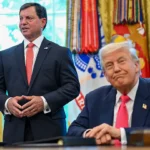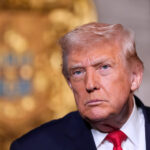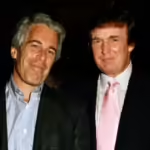Lutnick: Trump’s Global Trade Deals Ready Friday, China to Take Longer/ Newslooks/ WASHINGTON/ J. Mansour/ Morning Edition/ Commerce Secretary Howard Lutnick confirmed President Trump’s Friday deadline for imposing global tariffs will proceed as planned. While deals with most countries are expected by then, negotiations with China remain on a separate, slower track. Trump is demanding fully open markets and will impose rates unilaterally if needed.
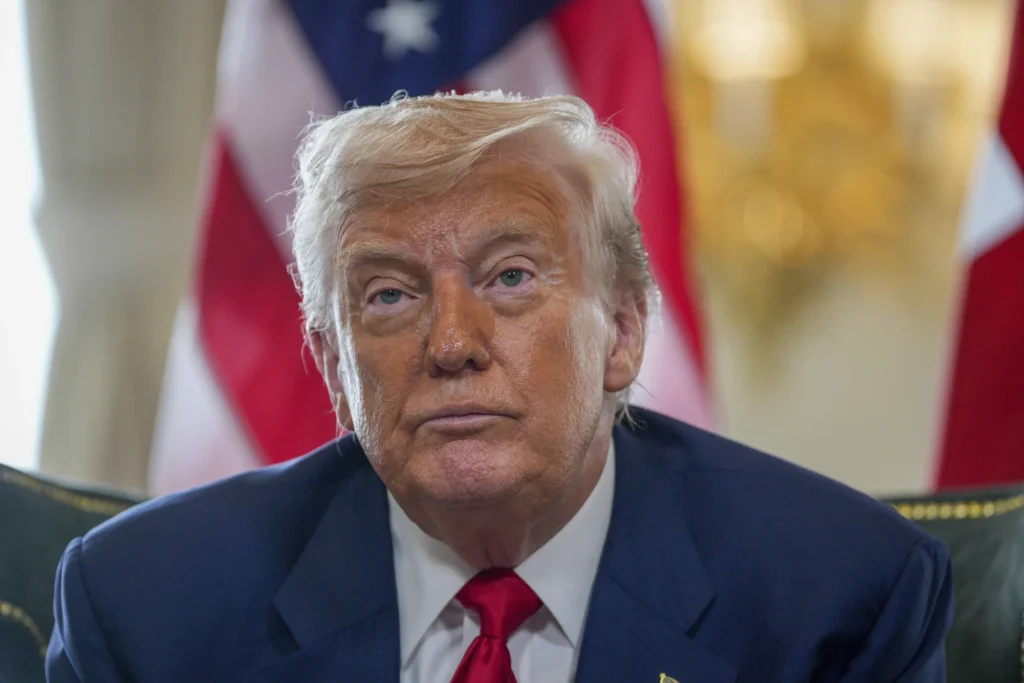
Trump Global Tariffs + Quick Looks
- Friday deadline confirmed for new U.S. import tariffs on dozens of countries
- China trade talks lag behind, running on a separate negotiation timeline
- Trump demanding “completely open markets” as price of trade deals
- Letters sent to 24+ world leaders with updated U.S. tariff rates
- Tariffs set to begin August 1, with no further delay expected
- Brazil faces steepest penalty, with 50% tariff on all imports
- Some prior deals rejected by Trump for being too modest
- Negotiations can continue after tariffs begin, Lutnick says
- Economists criticize the formula used to set new rates
- U.S. still seeking leverage, especially with EU and China
Deep Look: Trump’s Tariff Deadline Approaches as China Negotiations Lag
WASHINGTON (AP) — With just days to go before a sweeping series of tariffs go into effect, Commerce Secretary Howard Lutnick reiterated Tuesday that President Donald Trump will not delay the August 1 deadline for implementing new import taxes on dozens of countries.
“August 1 is the date that we’re setting all these rates, and they are off to the races after that,” Lutnick said on CNBC’s Squawk Box.
While the White House pushes aggressively to finalize new trade agreements with much of the world, talks with China remain on a separate, more protracted track, Lutnick confirmed.
Trump’s Push for ‘Reciprocal’ Tariffs
The Trump administration’s trade agenda hinges on the president’s demand for “reciprocal” trade access, meaning U.S. exports should face the same — or better — treatment abroad as foreign goods do in America.
Trump’s plan, first unveiled in April and then delayed multiple times, targets over two dozen countries. Earlier this month, Trump personally sent letters to foreign leaders informing them of their new tariff rates — some of which are dramatic escalations.
- Brazil will face a 50% blanket tariff on all goods shipped to the U.S., significantly higher than what was proposed in April.
- Most other countries will see tariff levels nearly identical to the original plan, despite international criticism.
The tariffs are set to go live Friday, with no further delay, according to Lutnick. “We’re going to have things done by Friday,” he emphasized.
China: A Trade Outlier
While most global trade partners are working toward a resolution before the deadline, China remains an exception. Negotiations between U.S. and Chinese trade officials are underway in Stockholm, but the pace has been slower and no major breakthrough is expected this week.
“We have our own team working with China. They’re their own thing,” Lutnick clarified, signaling that a deal with Beijing could take weeks longer.
The Chinese government has pushed back against Trump’s demands, particularly his tariff-first, negotiate-later strategy. While Beijing has not walked away from the talks, the Aug. 12 truce deadline looms large — after which triple-digit tariffs could be reinstated.
Hard Bargaining for Open Markets
According to Lutnick, Trump has rejected numerous offers from trading partners that would have provided partial access to their markets.
“Many countries had made us okay offers… 50%, 30%,” Lutnick said. “The president said, ‘No, no, I want them open.’”
The administration’s current position is to only accept trade deals that include fully open access to foreign markets. Trump believes this approach will maximize U.S. export potential and job growth, even if it risks short-term backlash from international allies.
Lutnick reinforced the president’s authority to unilaterally impose rates, whether deals are signed or not. “He knows he can just set the rate and move on,” Lutnick said.
Tariff Strategy Faces Pushback
While Trump’s aggressive trade stance has drawn praise from conservative lawmakers and manufacturers looking to expand export opportunities, many economists have criticized the tariff formula, arguing it ignores market realities and risks retaliatory action.
Some warn the policy could destabilize global supply chains, increase costs for American consumers, and put pressure on U.S. allies already wary of Trump’s “America First” approach.
Still, Trump remains undeterred. His administration is determined to redefine global trade norms — even if that means facing lawsuits, diplomatic friction, or economic headwinds in the near term.
The Road Ahead
Once tariffs take effect Friday, countries that haven’t reached a deal can continue negotiating, but the U.S. won’t lift its duties without full market access, Lutnick made clear.
For China, the future of trade relations could hinge on whether negotiators can reach a compromise before the Aug. 12 tariff truce deadline — or face a new wave of penalties.
With multiple deadlines converging, the next few weeks will determine whether Trump’s tariff gamble pays off — or ignites global trade backlash.

